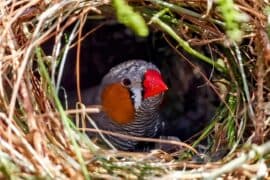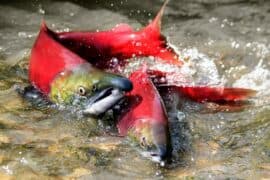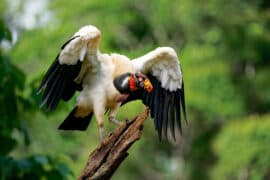Snowy egret
(Egretta thula)

Description
Egretta thula, commonly known as the Snowy Egret, is a small, graceful bird species belonging to the family Ardeidae. With its distinctive bright white plumage and striking yellow feet, the Snowy Egret is easily recognizable and admired by bird watchers and nature enthusiasts around the world. In this article, we will delve deeper into the fascinating world of Egretta thula and explore its physical features, habitat, behavior, diet, breeding habits, and conservation status. Physical Characteristics The Snowy Egret is a relatively small bird, measuring around 56 to 67 cm in length and weighing between 350 to 600 grams. Its most distinctive feature is its bright white plumage, which covers most of its body, including its head, neck, and upper chest. The Snowy Egret's wingspan can range from 88 to 105 cm, and its wings are long and pointed, allowing it to glide gracefully through the air. In addition to its white feathers, the Snowy Egret has striking yellow feet, which stand out against the greenery of its habitat. Its bill is slender and pointed, with a black tip, and it is used to catch small fish and other aquatic creatures. Habitat The Snowy Egret is found throughout the Americas, from the southern United States to Argentina. It prefers to live near shallow bodies of water, such as marshes, swamps, and estuaries. Snowy Egrets are also commonly found along beaches and tidal flats, where they can forage for food in the shallow waters. The Snowy Egret is adaptable and can also be found in urban and suburban areas, including parks, golf courses, and other green spaces with shallow water sources. However, it is primarily a wetland species and requires access to shallow water with vegetation for feeding and nesting. The Snowy Egret's habitat is threatened by human activities such as urban development, agriculture, and pollution. Habitat loss and degradation are significant threats to the species, and conservation efforts are necessary to protect and preserve their habitat. Behavior The Snowy Egret is an active and skilled hunter, spending most of its time foraging for food in shallow water. It is a solitary bird but can be found in small groups during breeding season. The Snowy Egret is most active during the day and is a skilled hunter, using its sharp bill to catch small fish, crustaceans, and insects. The Snowy Egret often wades through the water, using its yellow feet to stir up the sediment and flush out prey. It has also been observed using its wings to create shade and attract prey to the surface of the water. When hunting in groups, Snowy Egrets have been known to coordinate their movements to herd fish into shallow water, making them easier to catch. During breeding season, male Snowy Egrets will perform elaborate courtship displays to attract a mate. This includes fluffing out their feathers and presenting nesting materials to females. Once a pair has formed, they will build a nest together, usually in a tree or shrub near water. Both parents will take turns incubating the eggs and caring for the chicks until they are old enough to leave the nest. Overall, the Snowy Egret is an active and skilled bird, with fascinating behaviors that make it a joy to observe and study. Breeding Habits Breeding season for Snowy Egrets occurs between March and May. During this time, males will perform elaborate courtship displays, including fluffing out their feathers and presenting nesting materials to females. Once a pair has formed, they will build a nest together, usually in a tree or shrub near water. The nest is made of sticks and twigs and lined with softer materials, such as moss or grass. Female Snowy Egrets will typically lay between 3 and 5 eggs, which are incubated by both parents for around 21 to 25 days. Once the chicks hatch, both parents will take turns feeding and caring for them until they are old enough to leave the nest, which usually occurs around 20 to 25 days after hatching. Conservation Status The Snowy Egret was once heavily hunted for its beautiful feathers, which were used in the fashion industry. This led to a significant decline in its population in the late 19th and early 20th centuries. Fortunately, conservation efforts, including the Migratory Bird Treaty Act of 1918, have helped to protect the Snowy Egret and its habitat. Today, the Snowy Egret is considered a species of Least Concern by the International Union for Conservation of Nature (IUCN), although it still faces threats from habitat loss and degradation, pollution, and climate change. Conclusion The Snowy Egret is a beautiful and fascinating bird species that has captured the hearts and imaginations of bird enthusiasts and nature lovers around the world. With its distinctive white plumage, striking yellow feet, and skilled hunting abilities, the Snowy Egret is a true marvel of the natural world.
Taxonomic tree:







